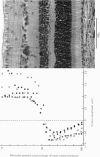Full text
PDF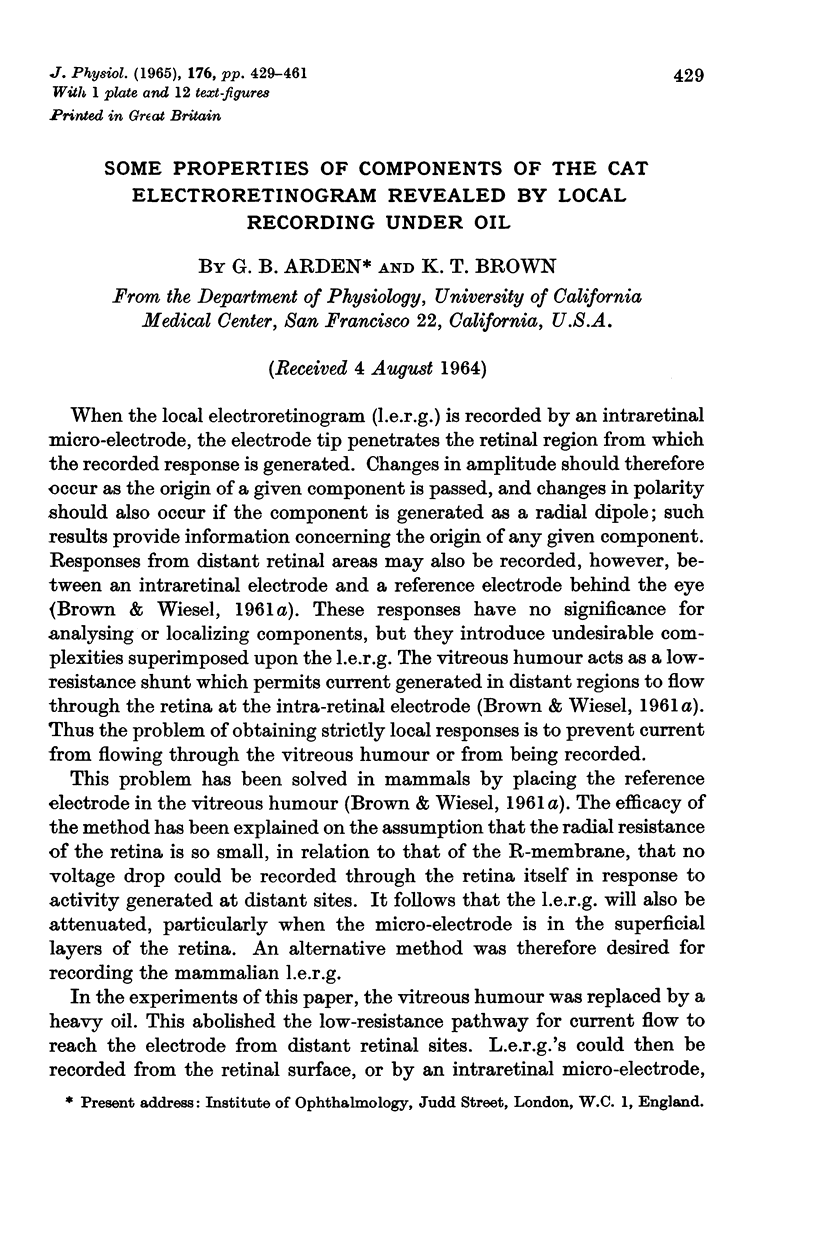
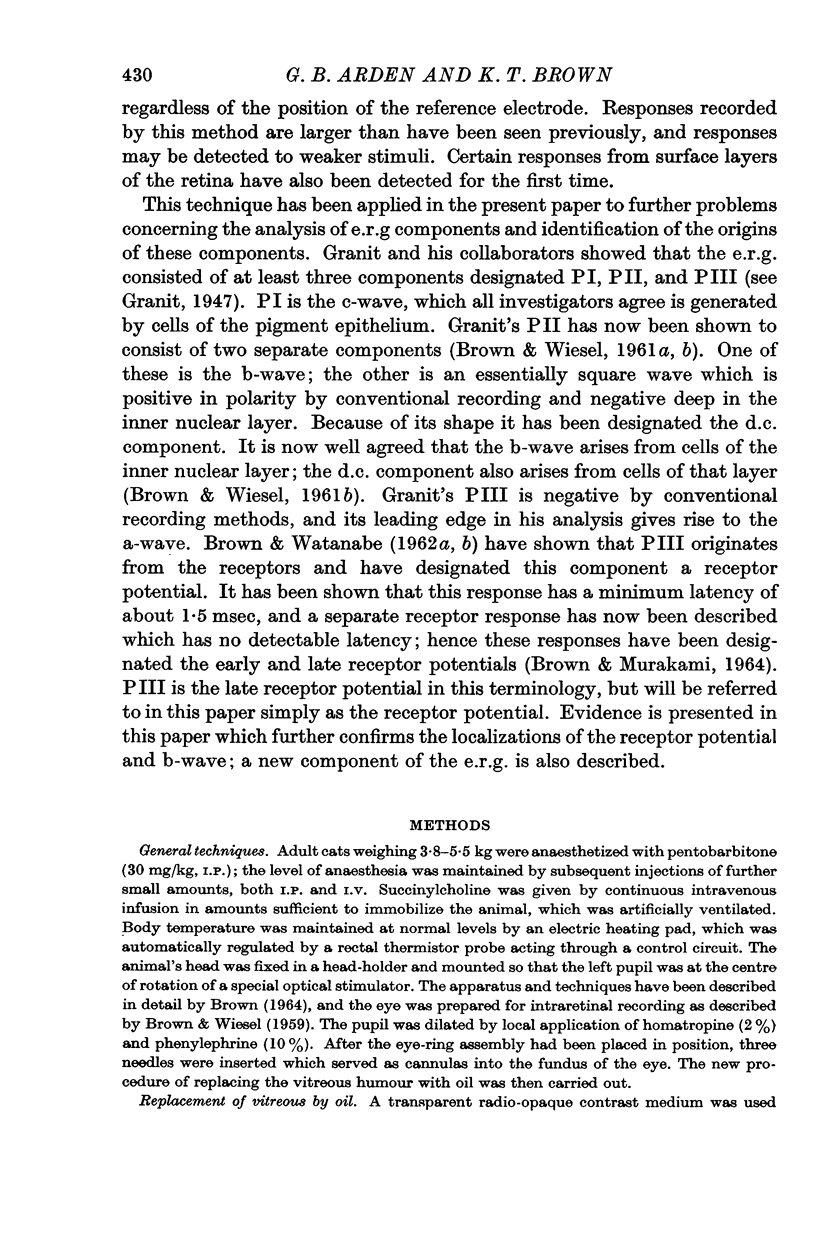
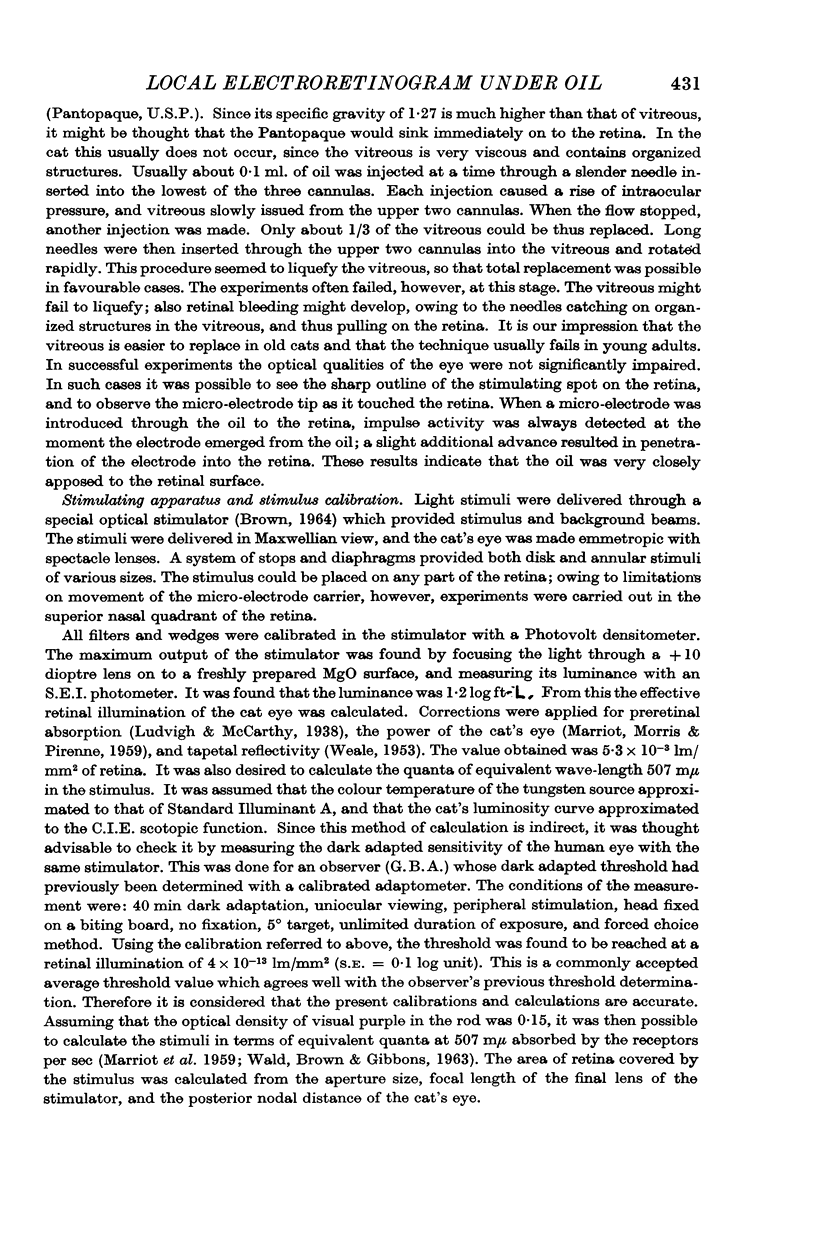
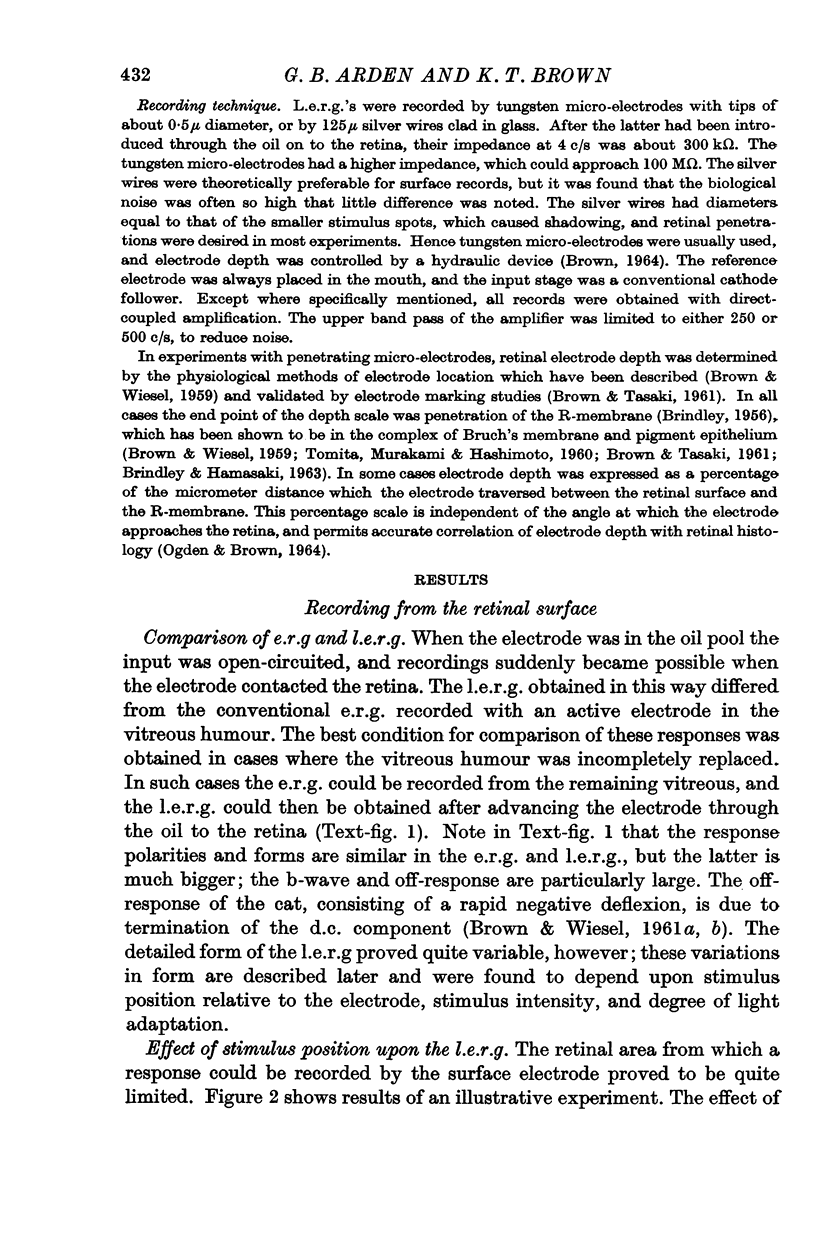
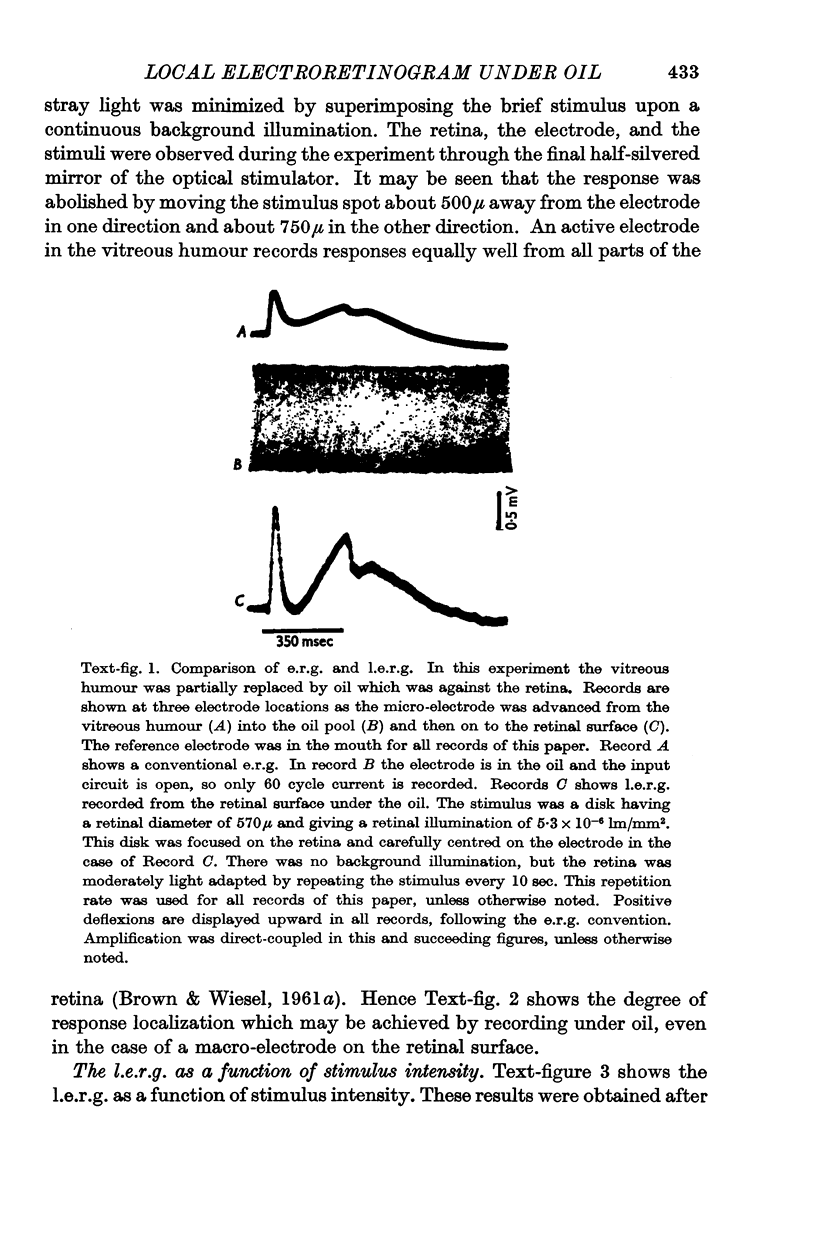
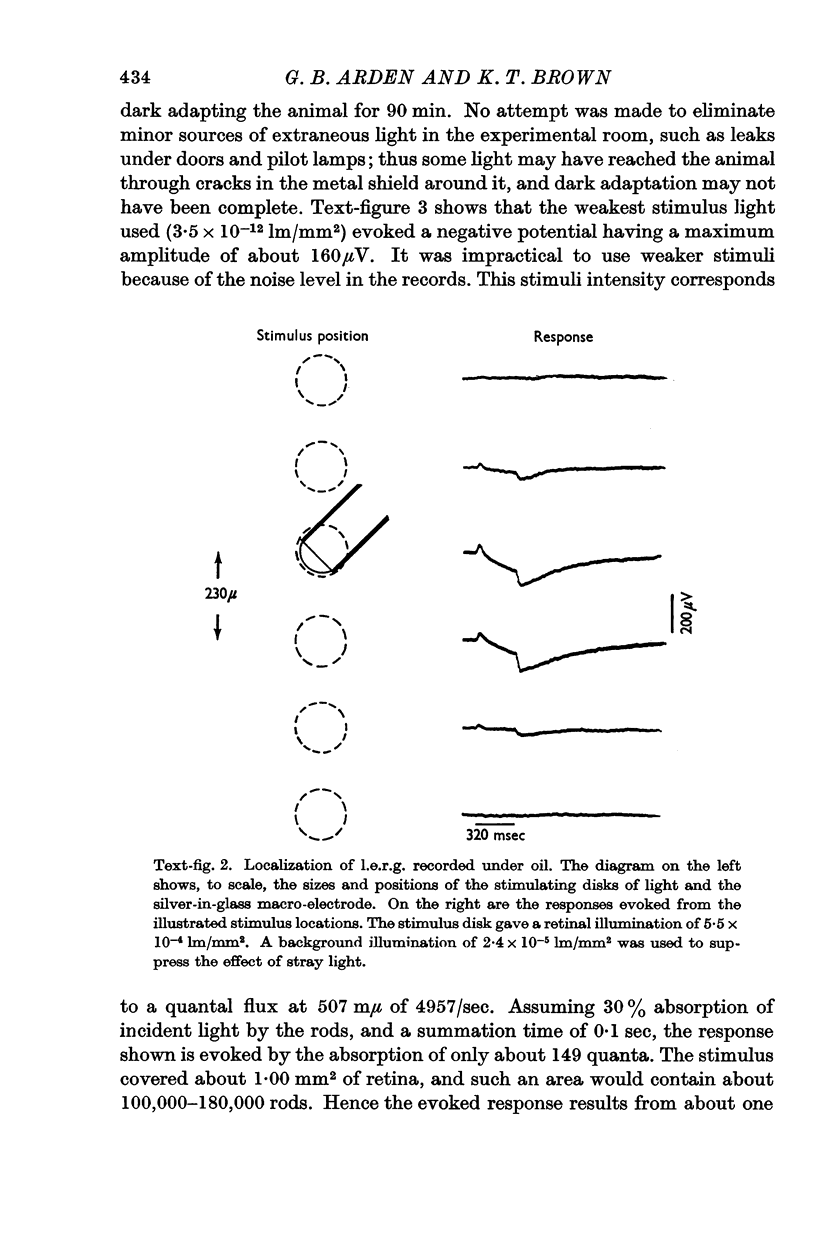
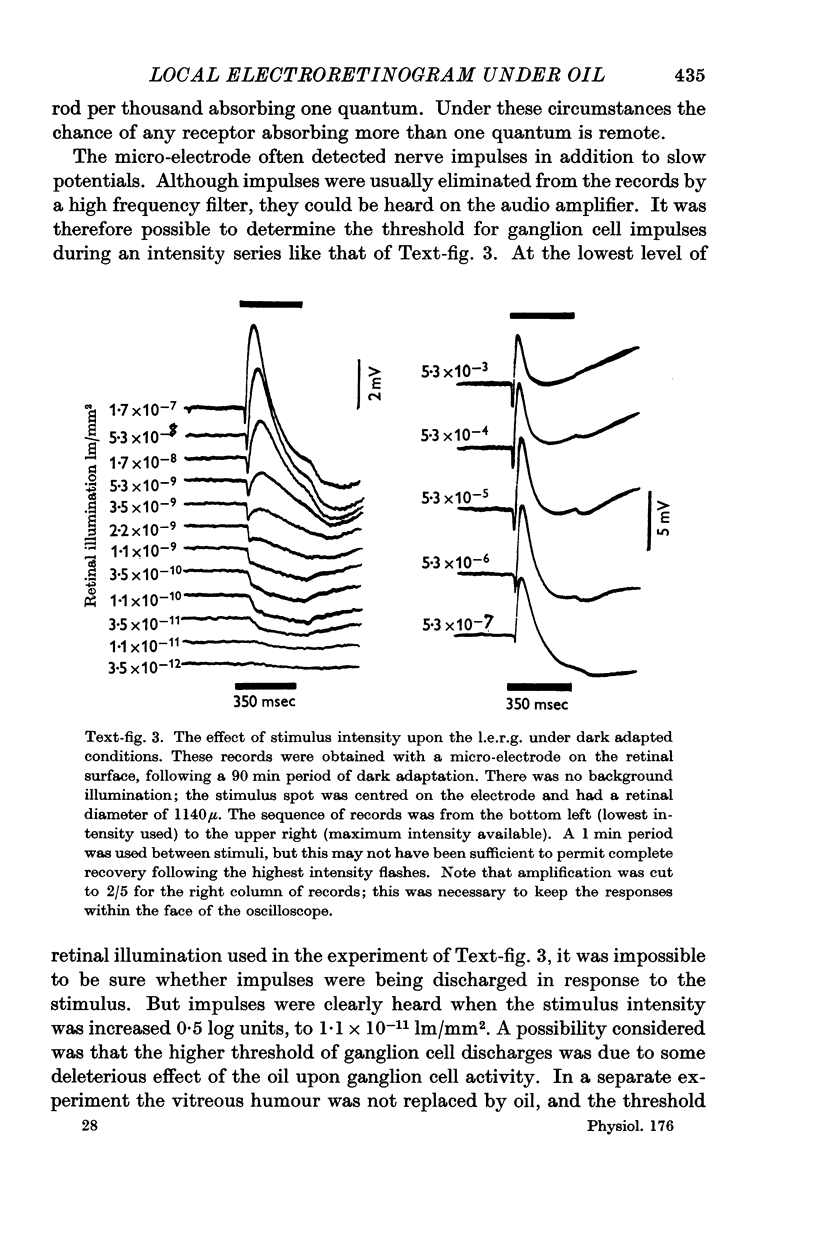
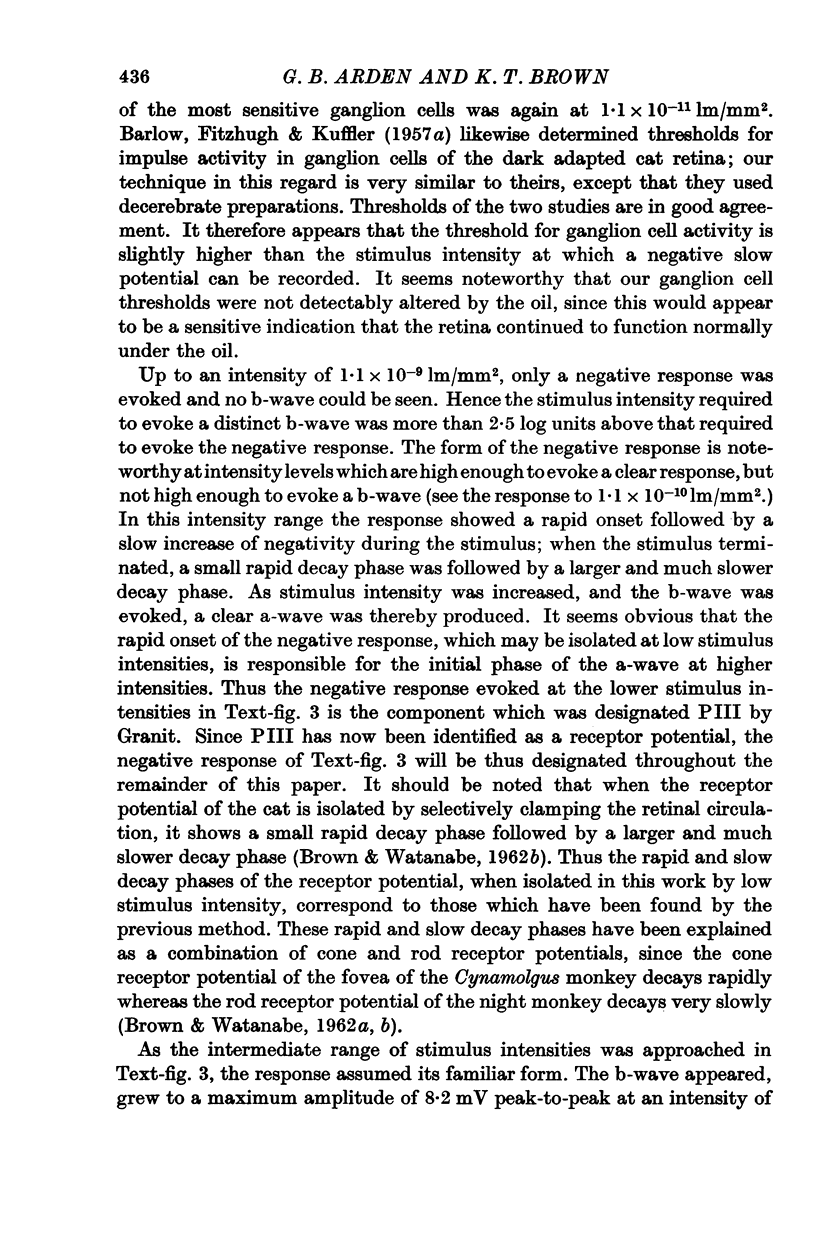

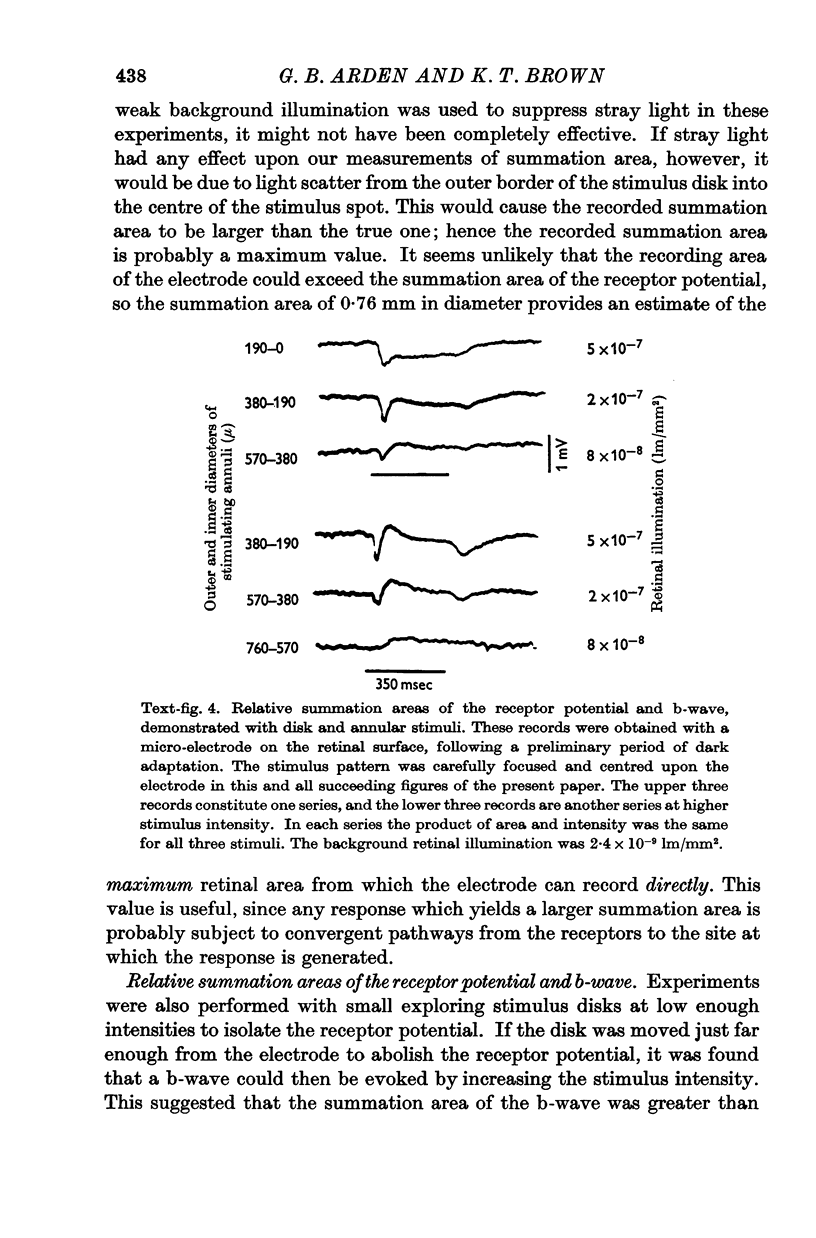
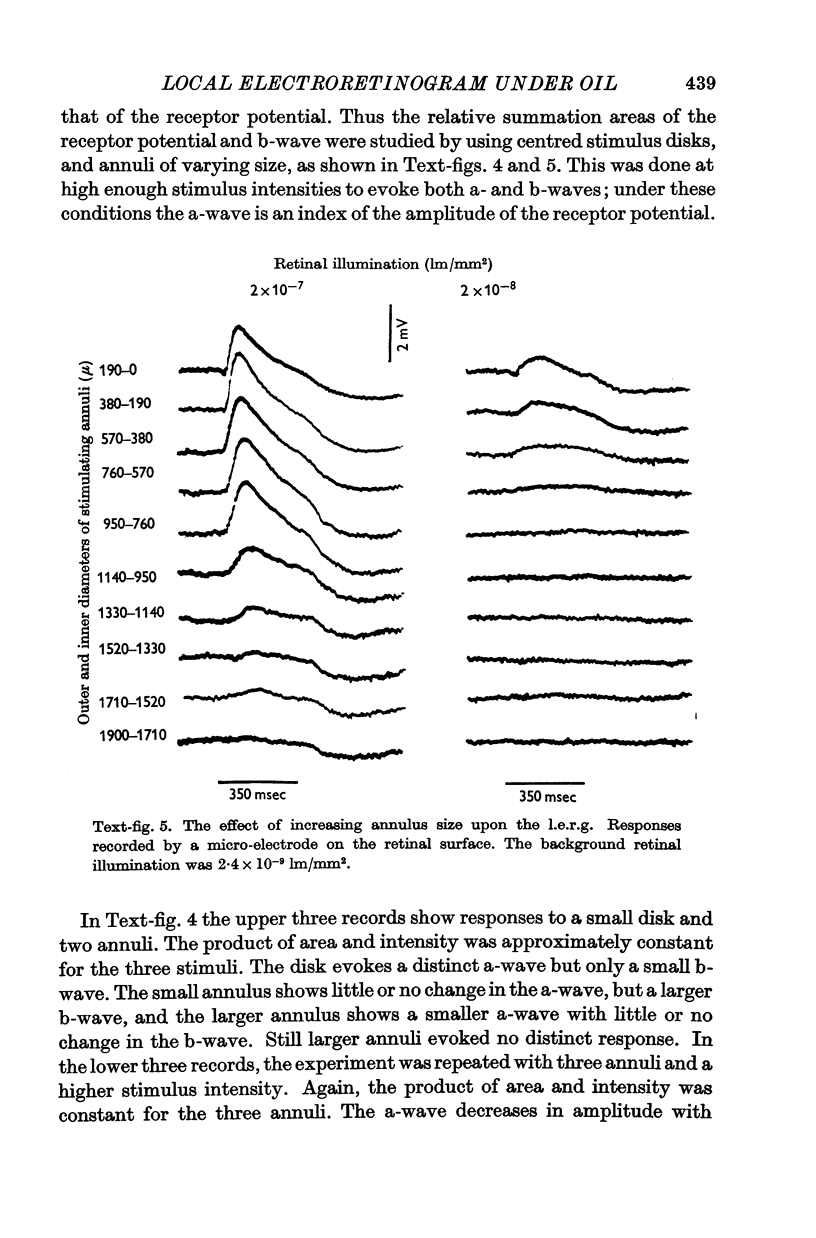
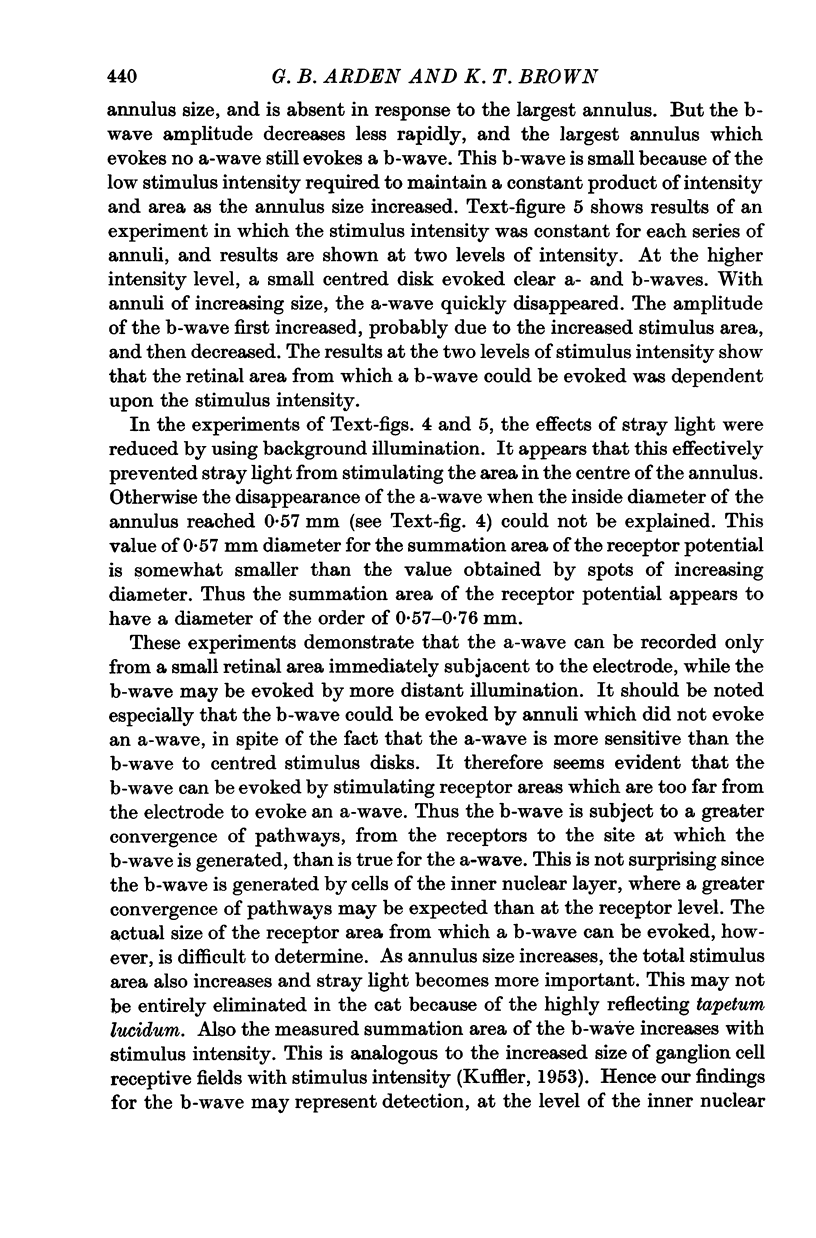
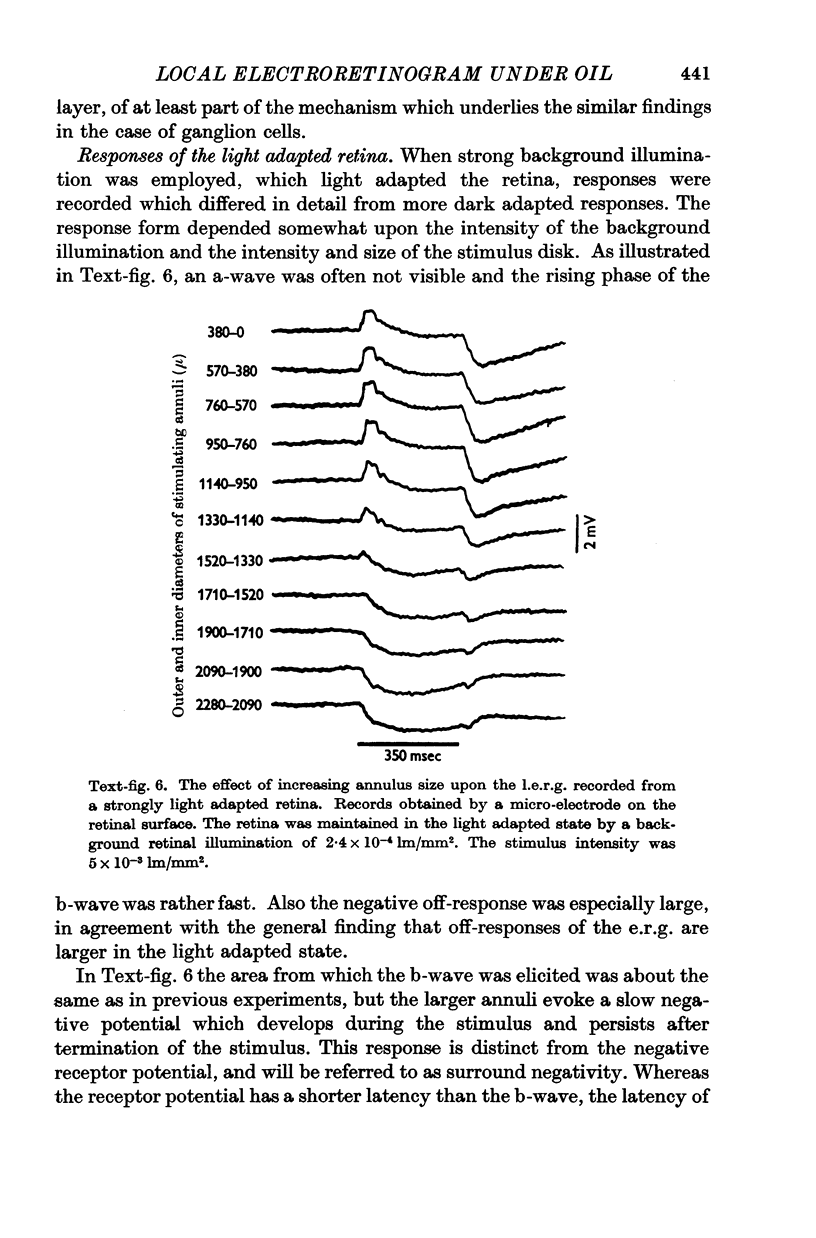
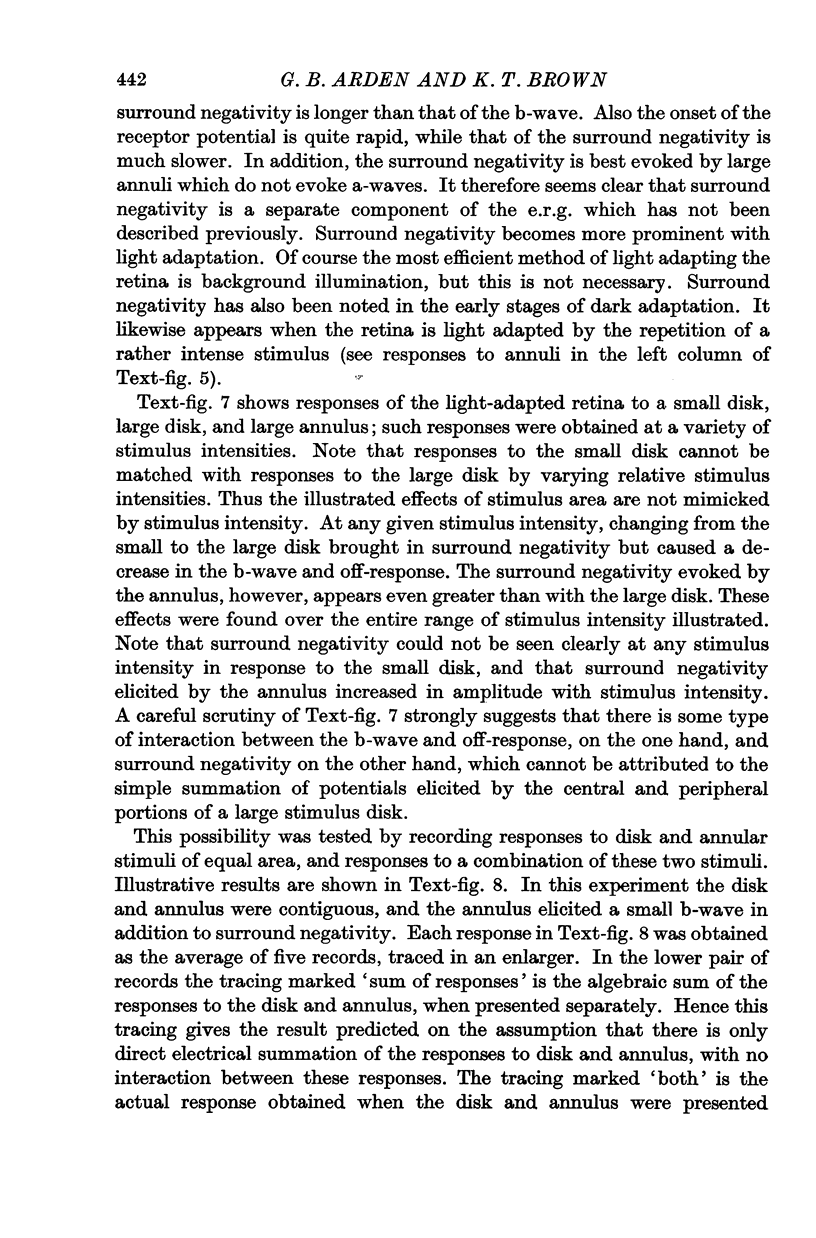
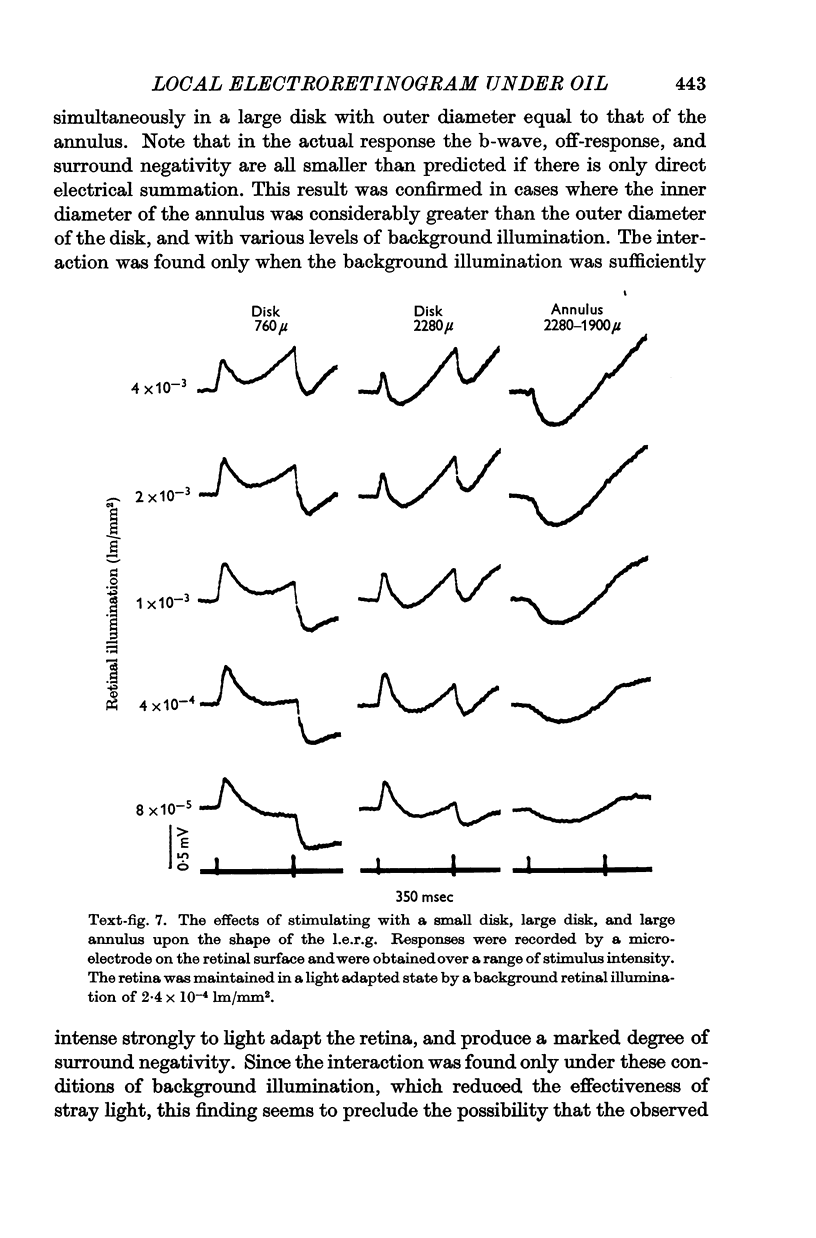
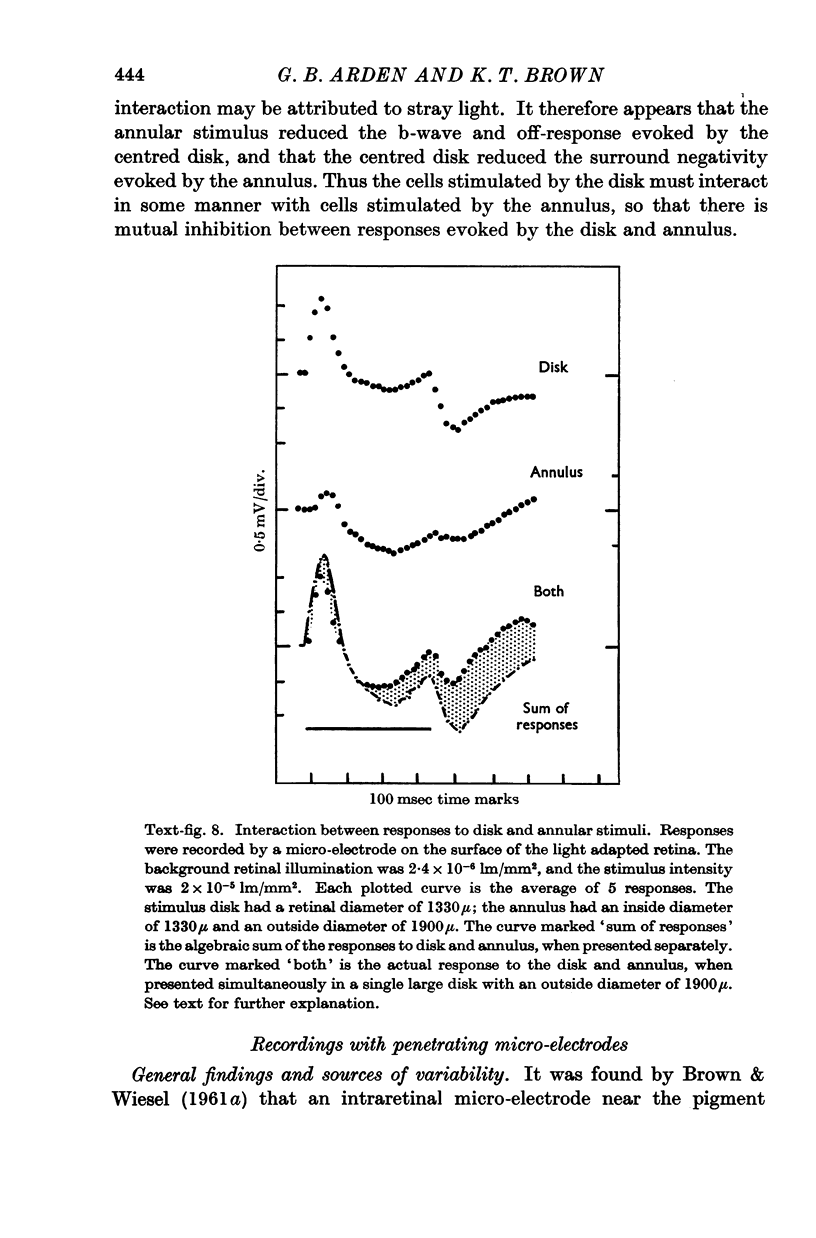
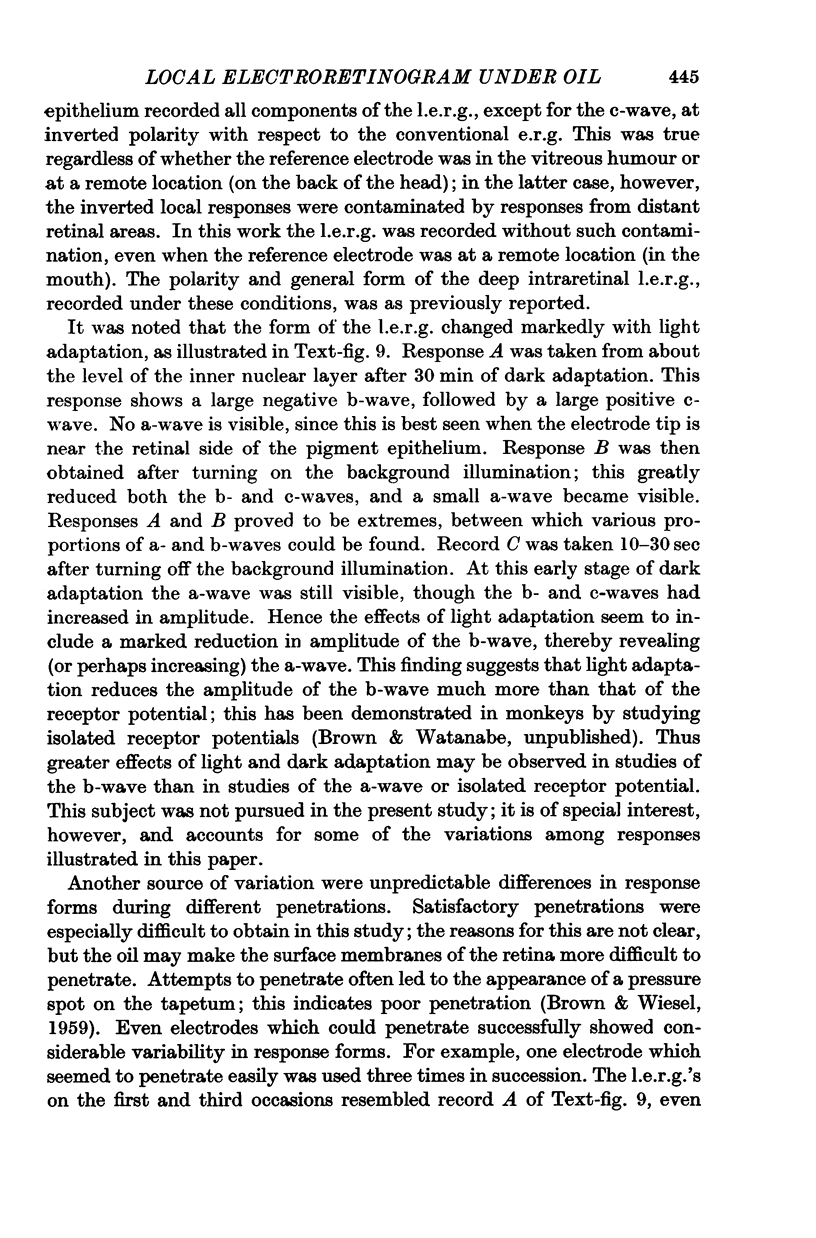
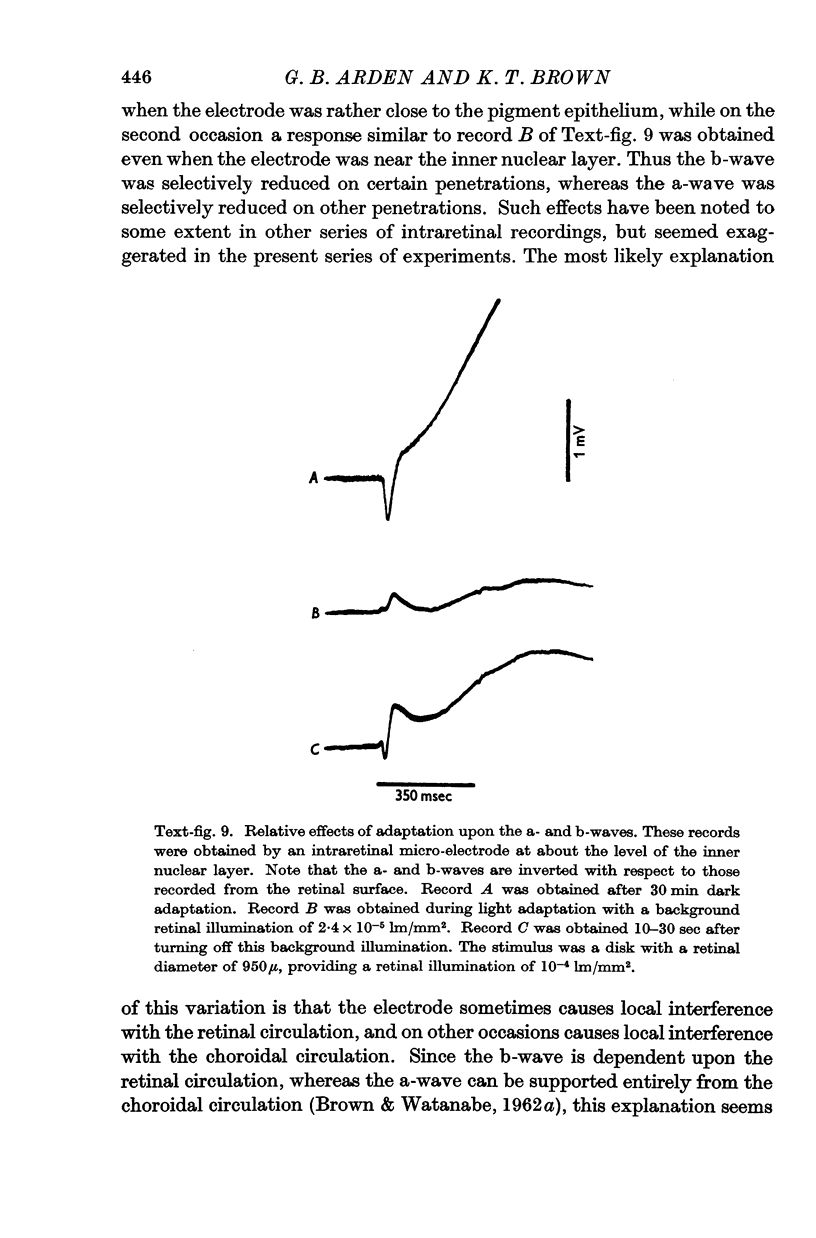
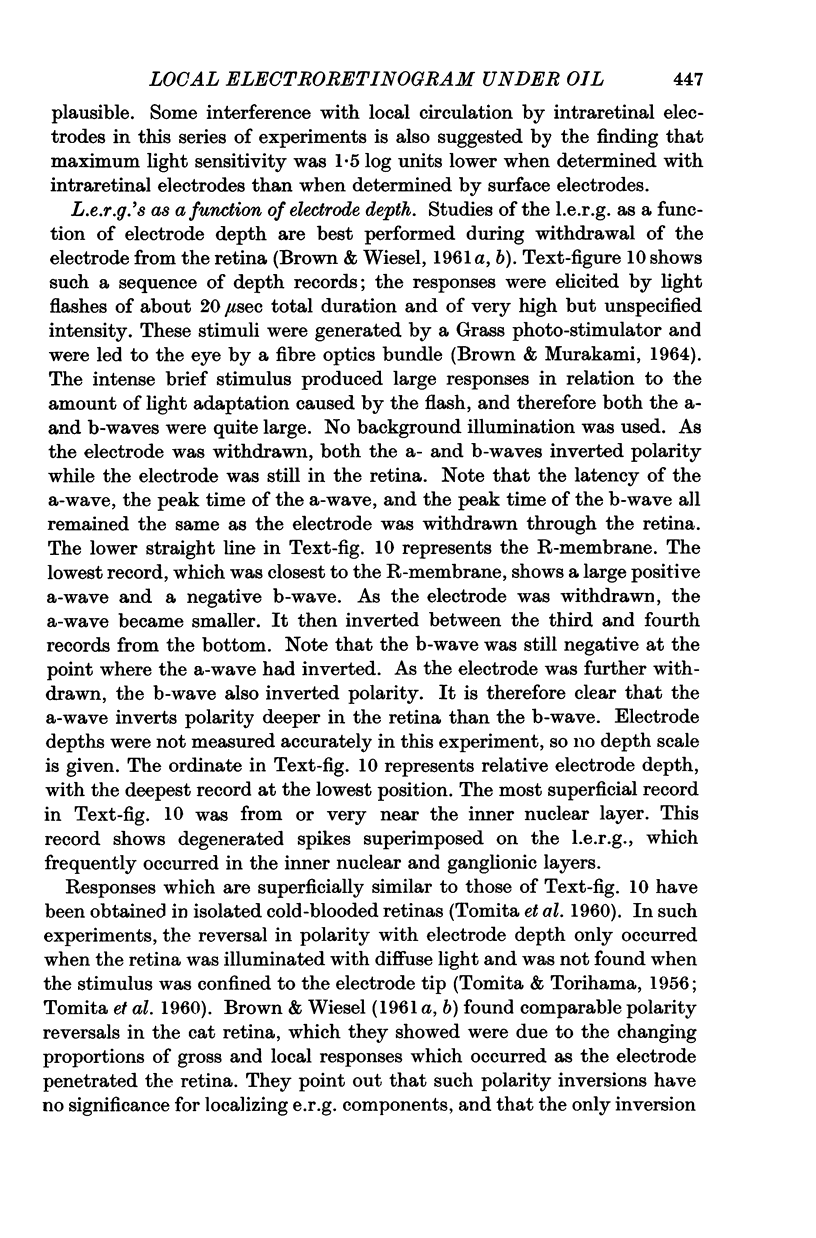
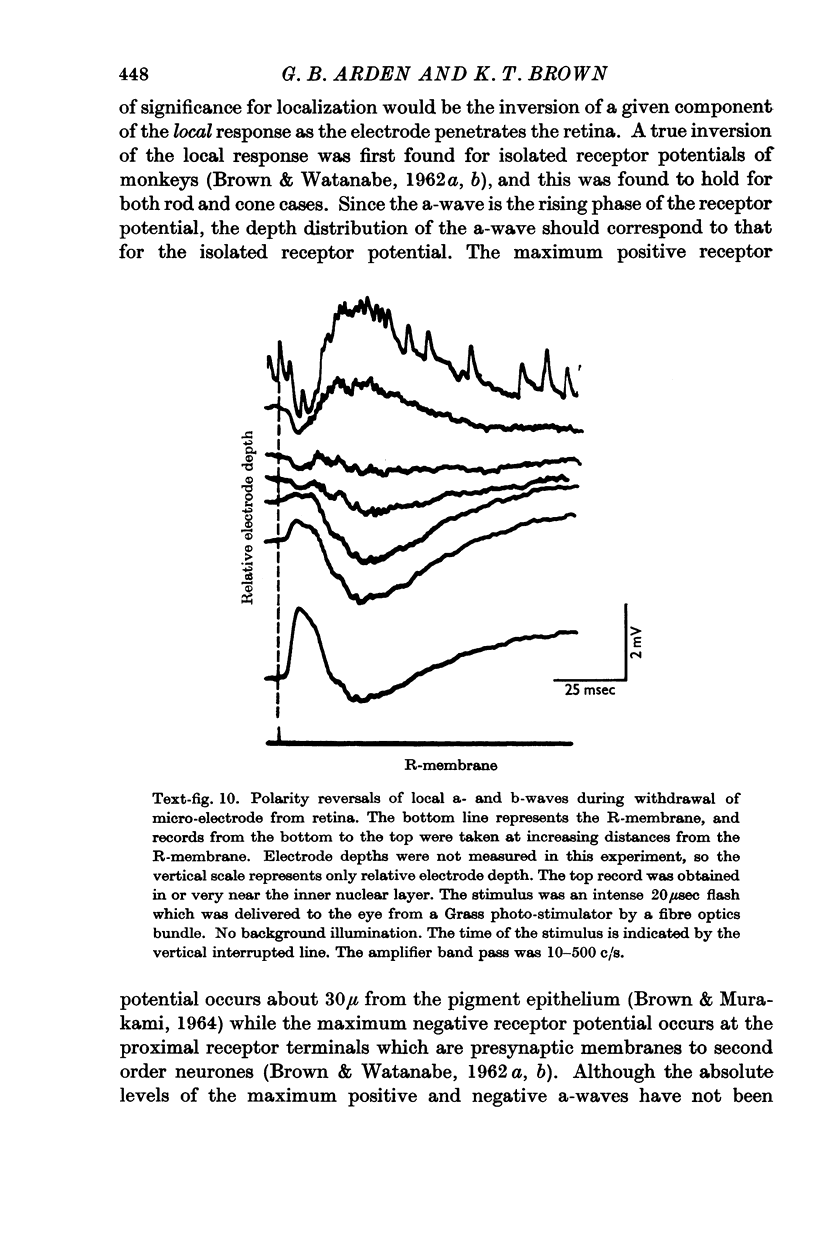
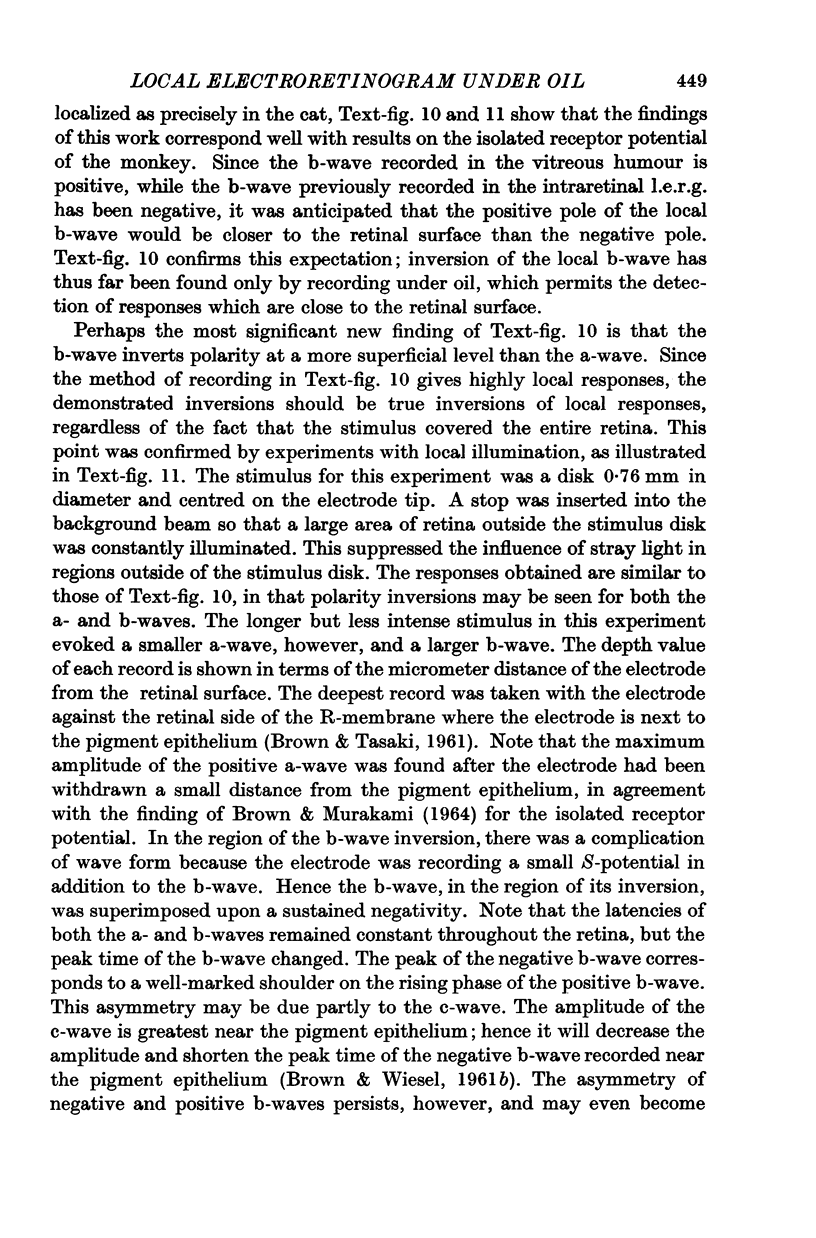
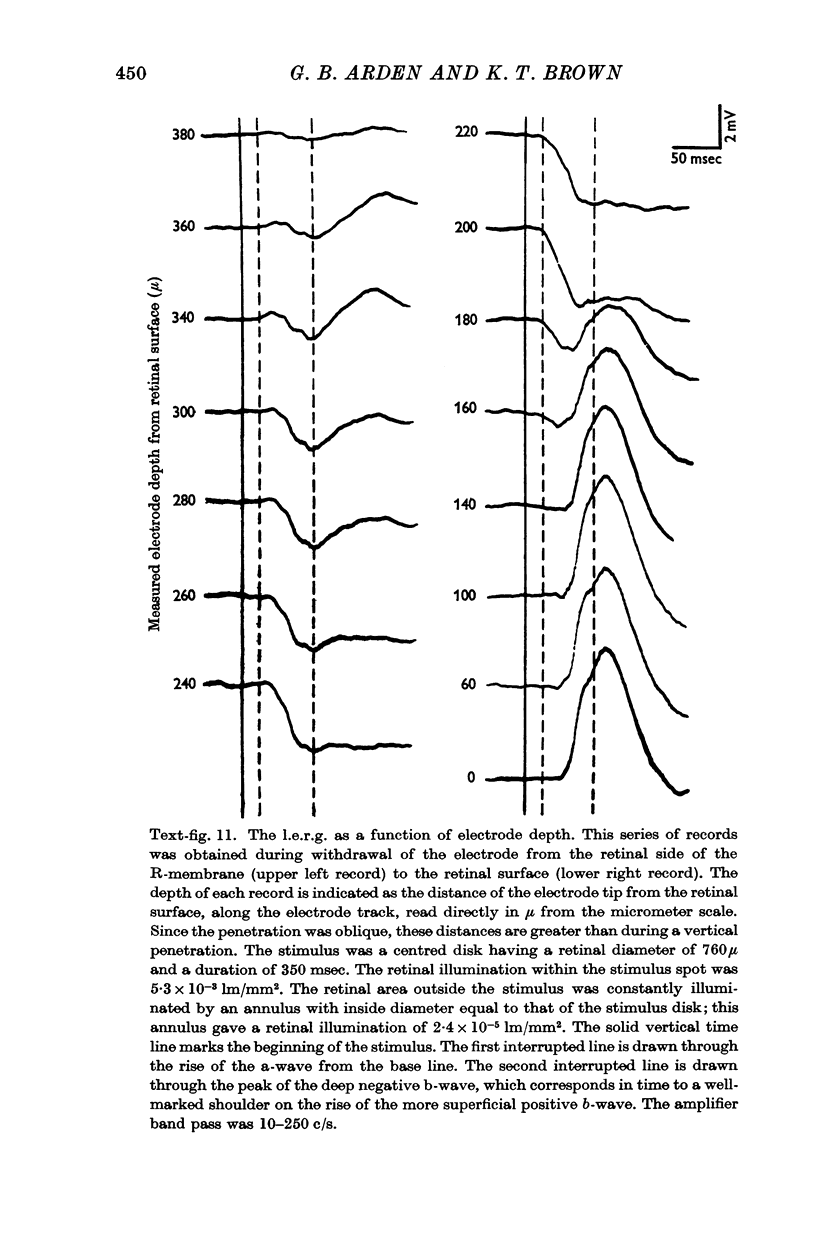
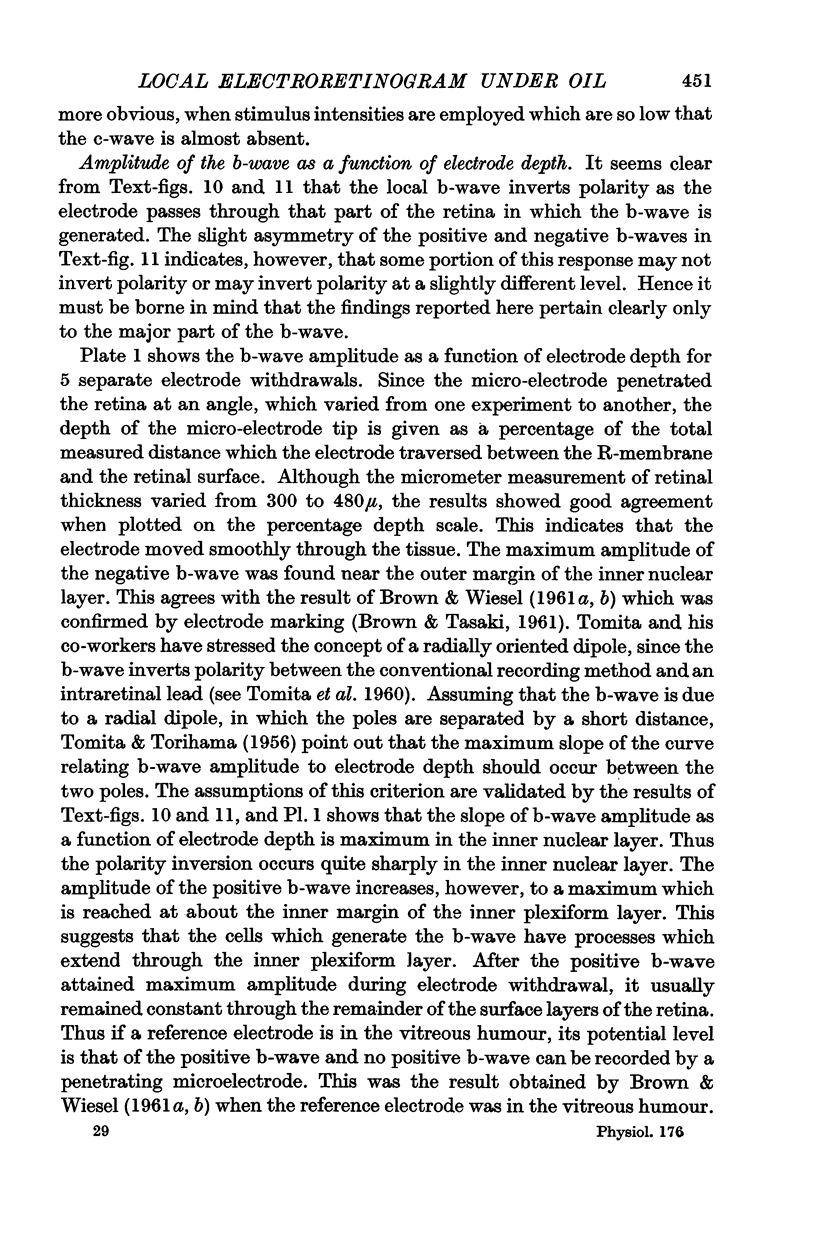
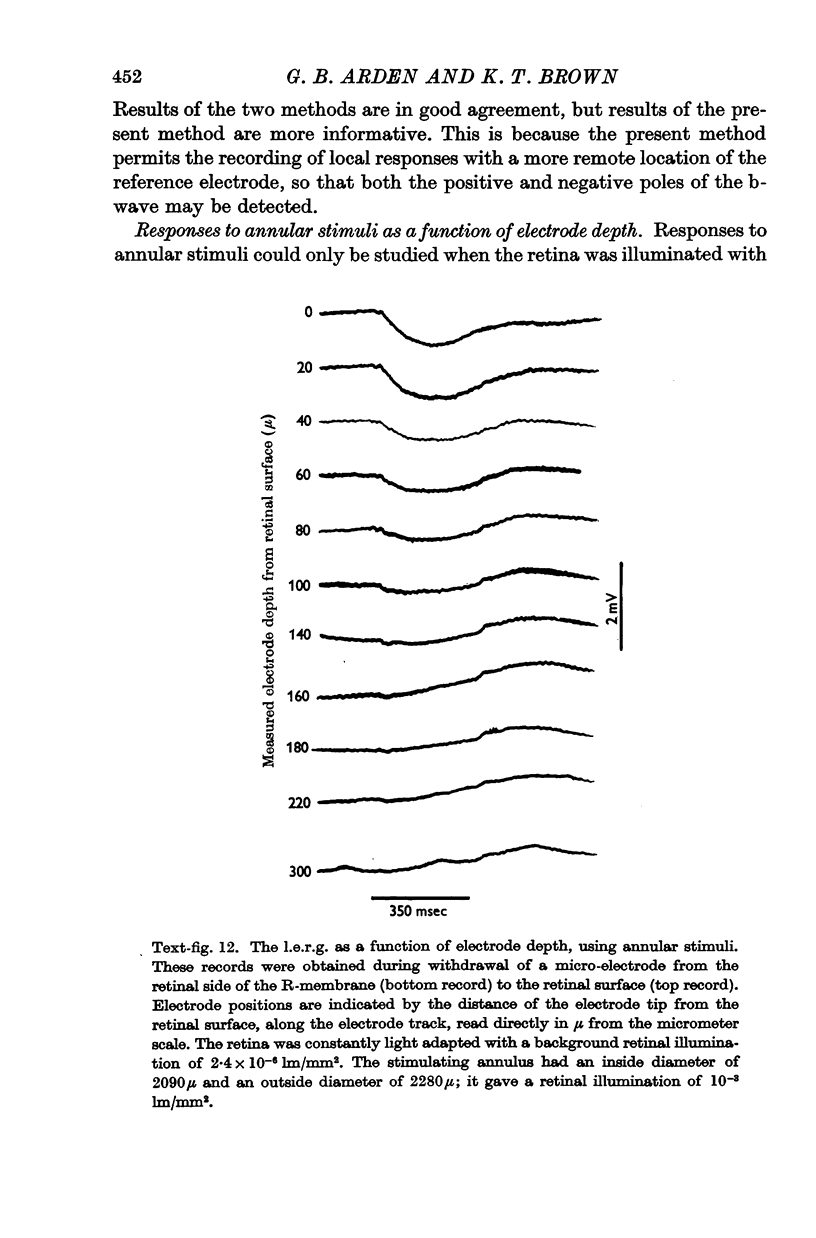
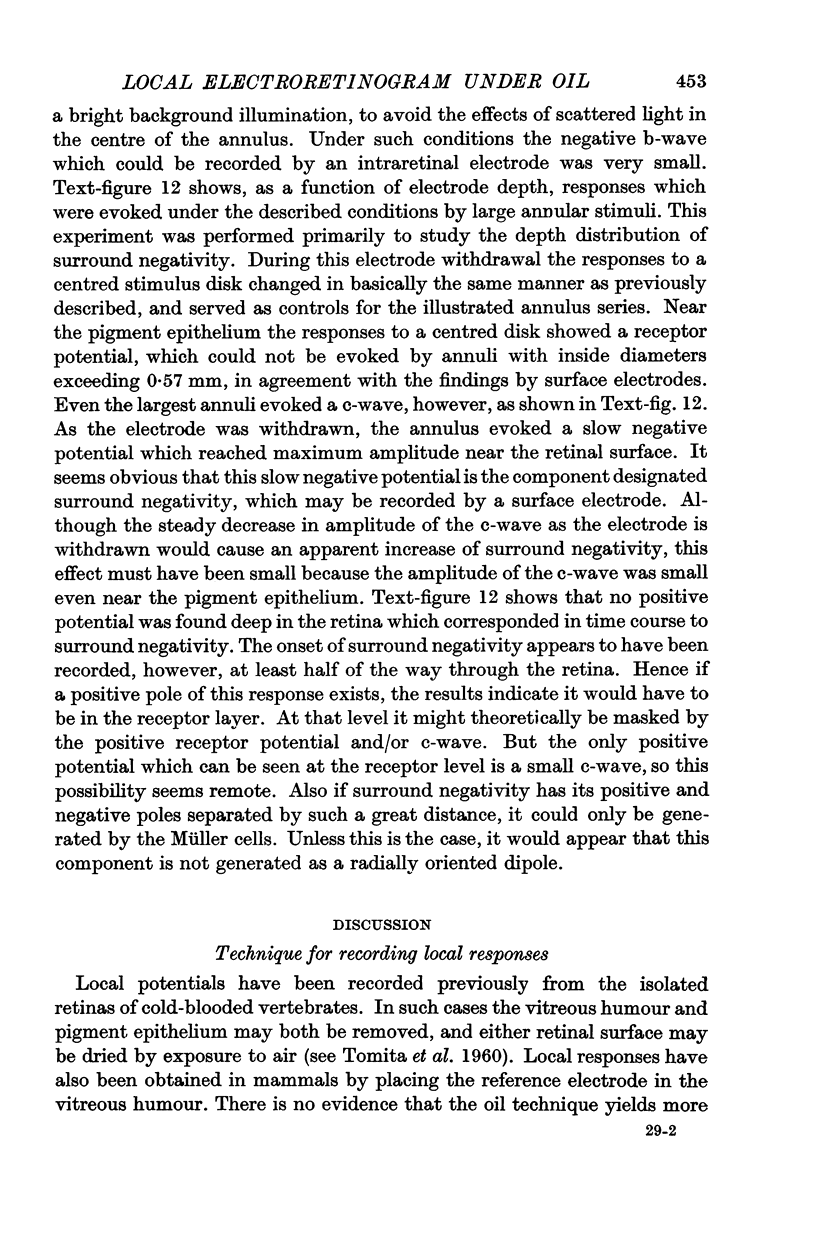

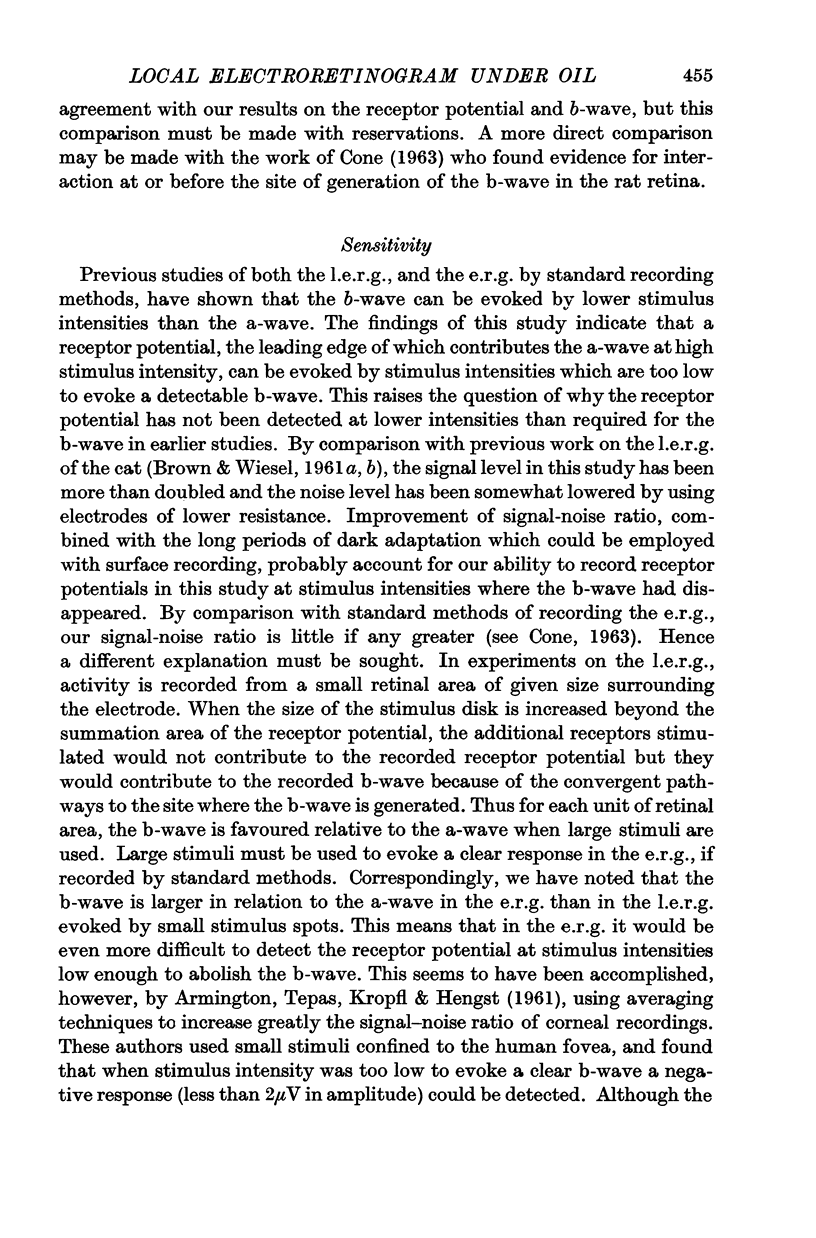
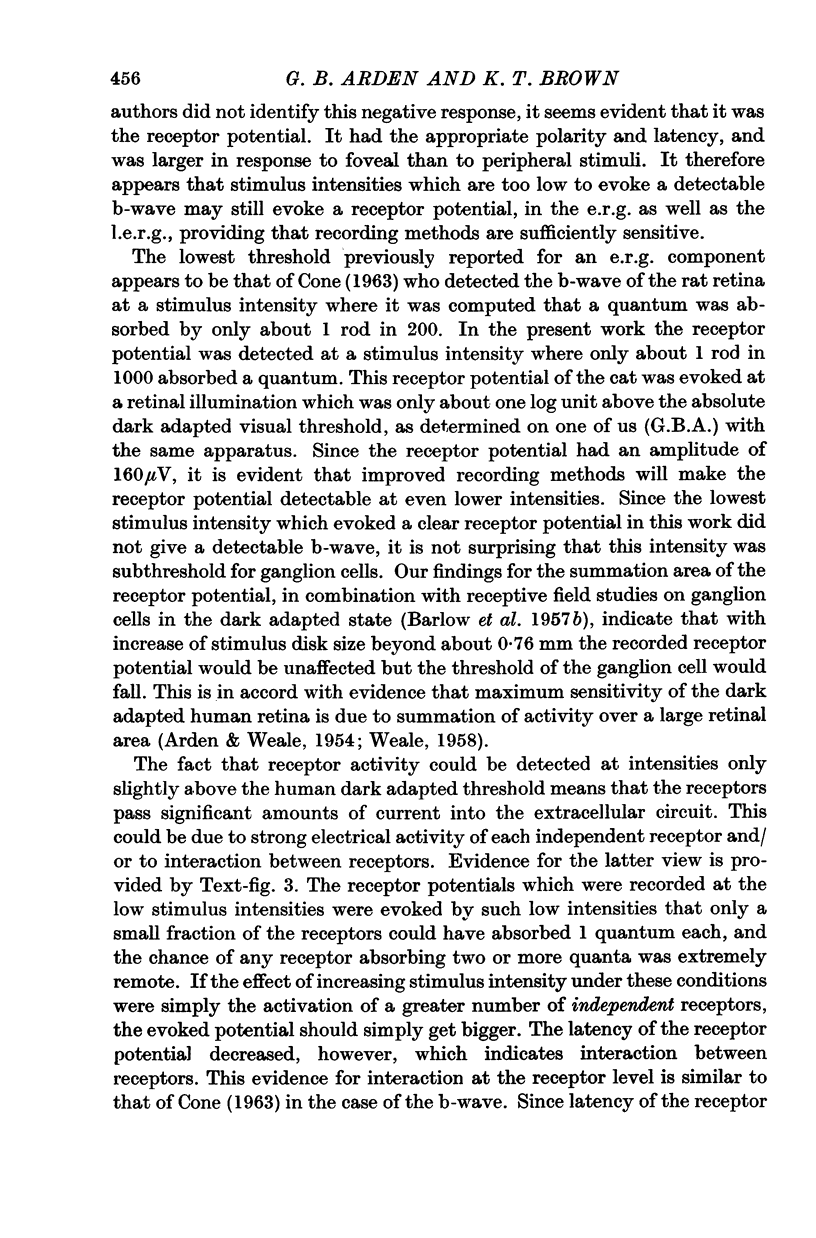
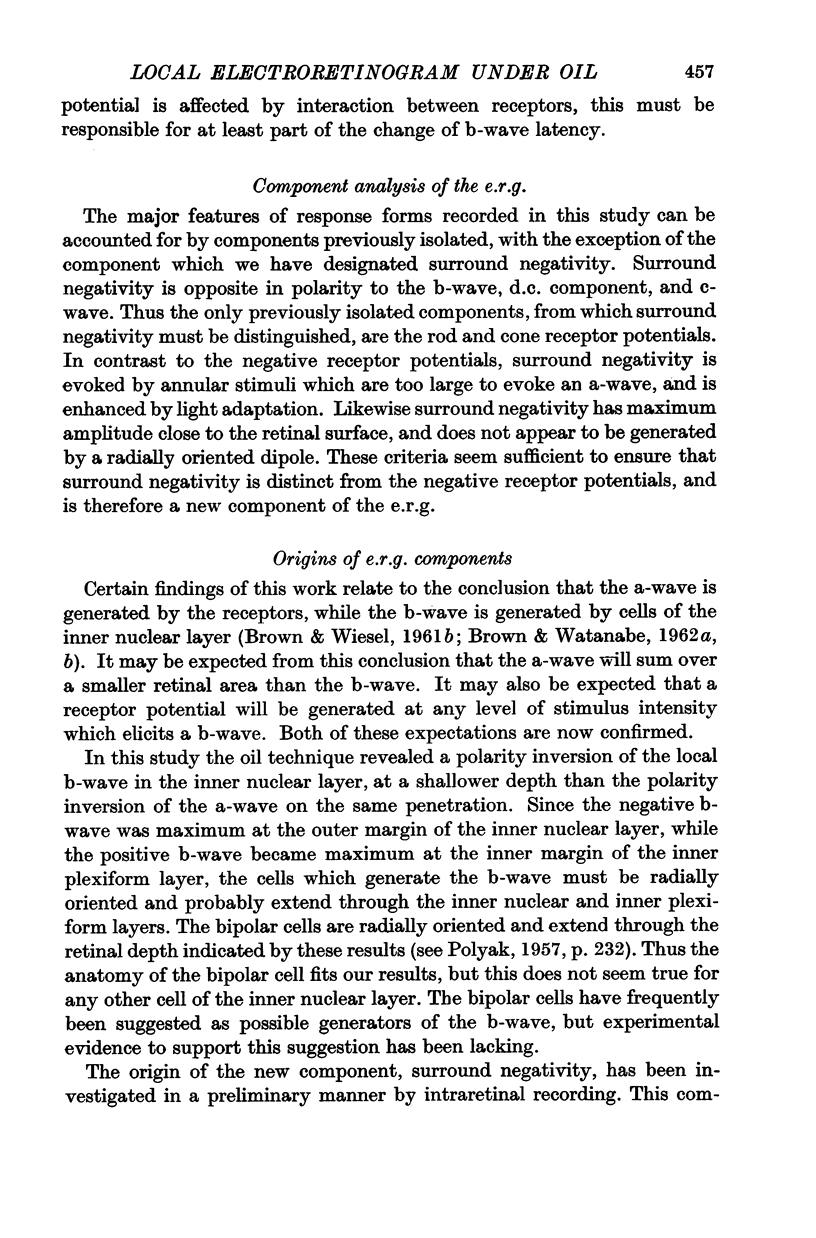
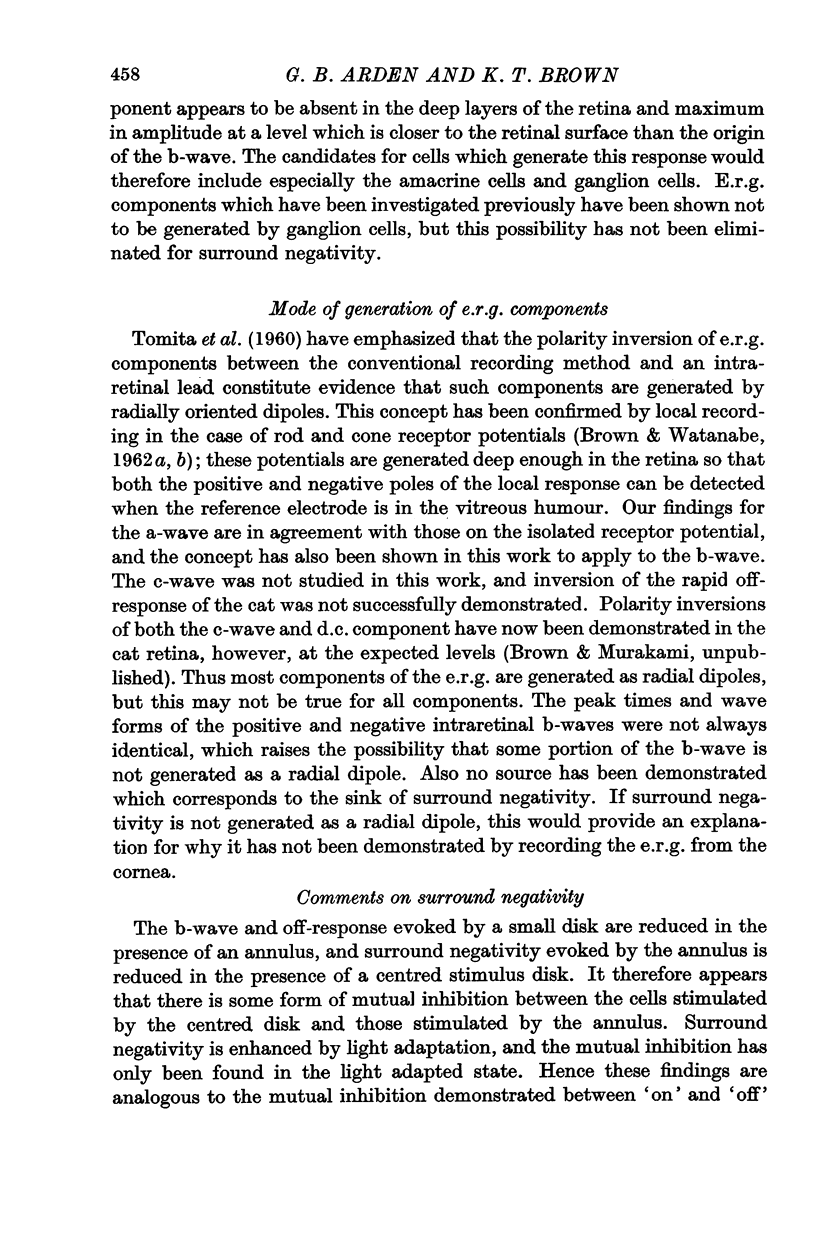
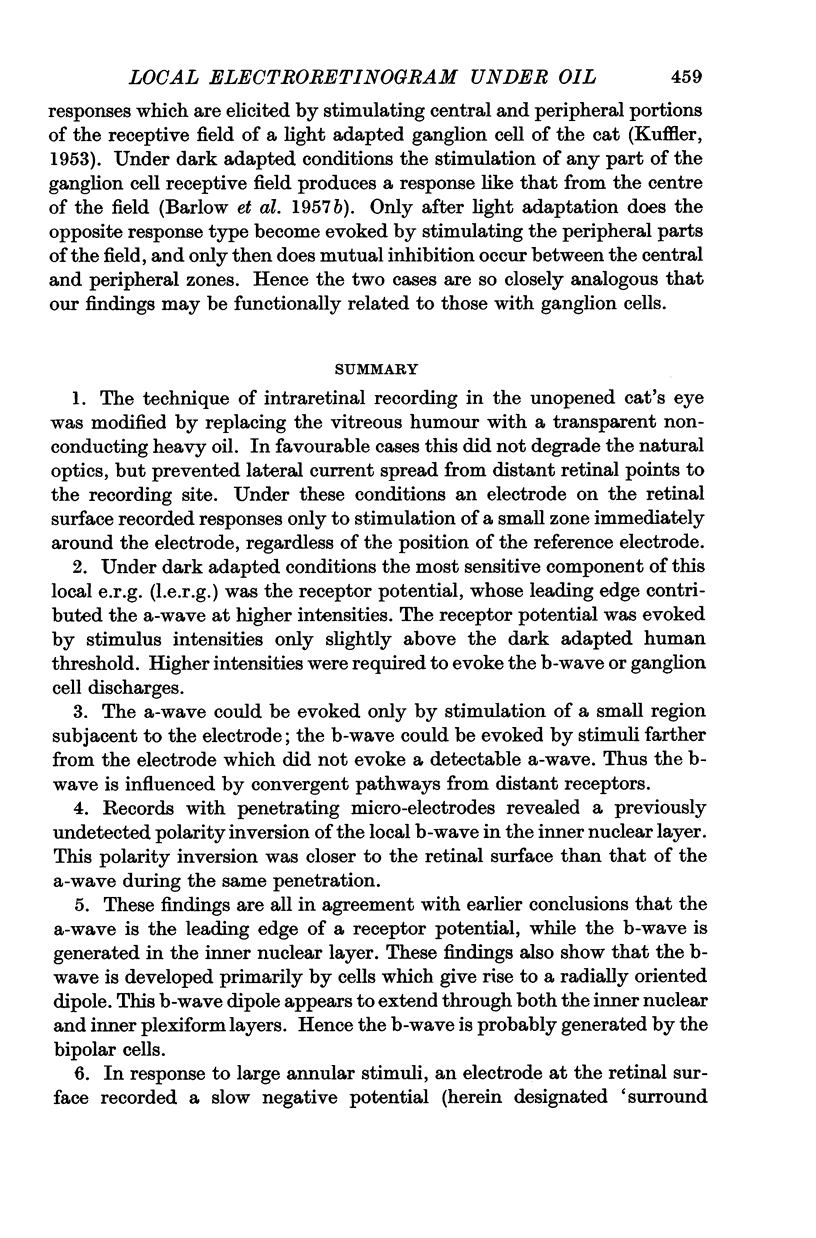

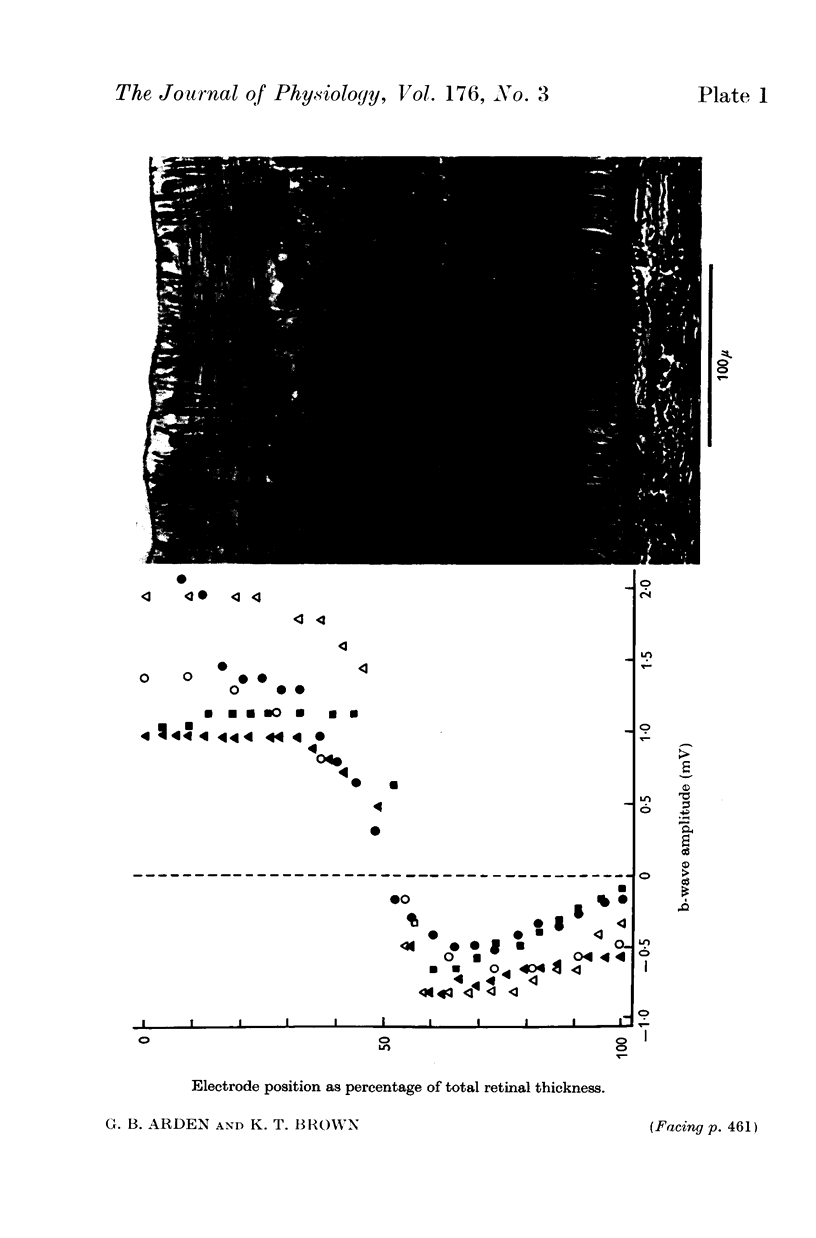
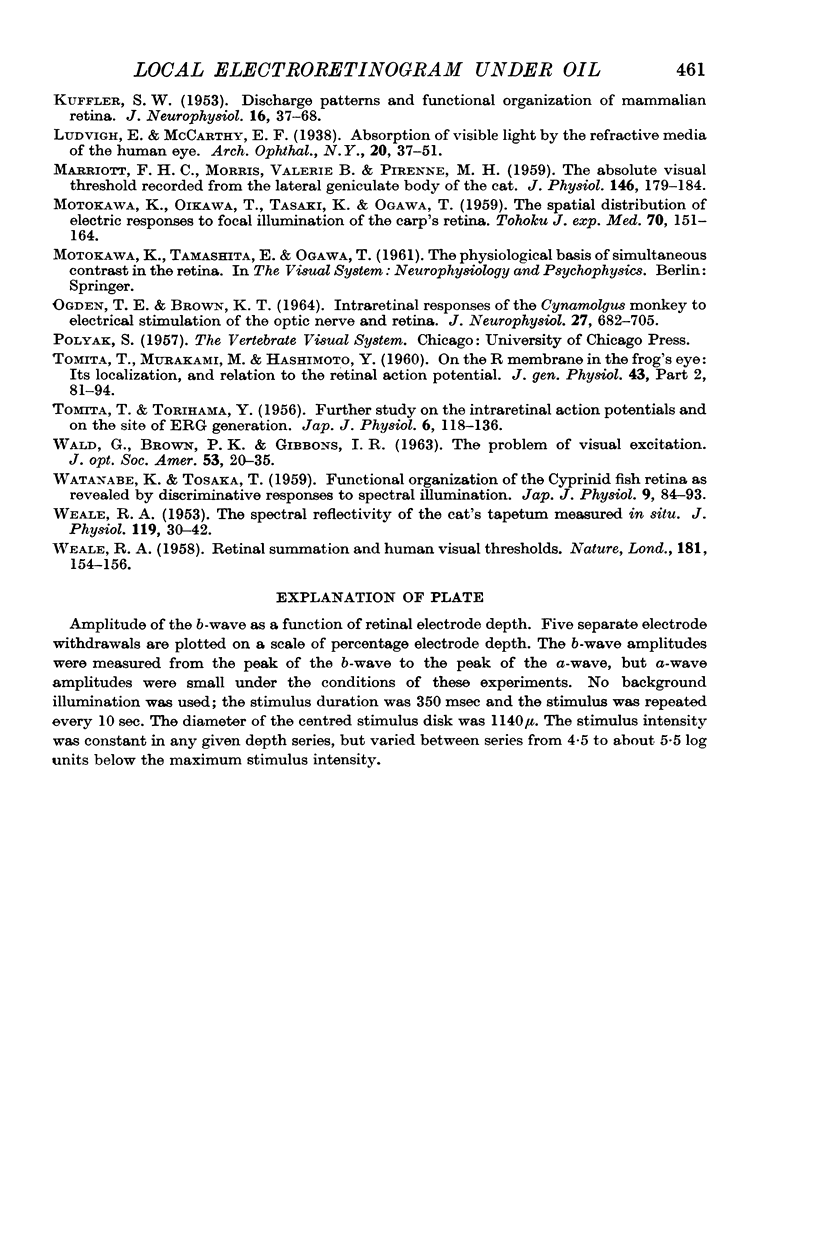
Images in this article
Selected References
These references are in PubMed. This may not be the complete list of references from this article.
- ARDEN G. B., WEALE R. A. Nervous mechanisms and dark-adaptation. J Physiol. 1954 Sep 28;125(3):417–426. doi: 10.1113/jphysiol.1954.sp005169. [DOI] [PMC free article] [PubMed] [Google Scholar]
- ARMINGTON J. C., TEPAS D. I., KROPFL W. J., HENGST W. H. Summation of retinal potentials. J Opt Soc Am. 1961 Aug;51:877–886. doi: 10.1364/josa.51.000877. [DOI] [PubMed] [Google Scholar]
- BARLOW H. B., FITZHUGH R., KUFFLER S. W. Change of organization in the receptive fields of the cat's retina during dark adaptation. J Physiol. 1957 Aug 6;137(3):338–354. doi: 10.1113/jphysiol.1957.sp005817. [DOI] [PMC free article] [PubMed] [Google Scholar]
- BARLOW H. B., FITZHUGH R., KUFFLER S. W. Dark adaptation, absolute threshold and Purkinje shift in single units of the cat's retina. J Physiol. 1957 Aug 6;137(3):327–337. doi: 10.1113/jphysiol.1957.sp005816. [DOI] [PMC free article] [PubMed] [Google Scholar]
- BRINDLEY G. S., HAMASAKI D. I. The properties and nature of the R membrane of the frog's eye. J Physiol. 1963 Jul;167:599–606. doi: 10.1113/jphysiol.1963.sp007170. [DOI] [PMC free article] [PubMed] [Google Scholar]
- BRINDLEY G. S. The passive electrical properties of the frog's retina, choroid and sclera for radial fields and currents. J Physiol. 1956 Nov 28;134(2):339–352. doi: 10.1113/jphysiol.1956.sp005647. [DOI] [PMC free article] [PubMed] [Google Scholar]
- BROWN K. T., MURAKAMI M. A NEW RECEPTOR POTENTIAL OF THE MONKEY RETINA WITH NO DETECTABLE LATENCY. Nature. 1964 Feb 8;201:626–628. doi: 10.1038/201626a0. [DOI] [PubMed] [Google Scholar]
- BROWN K. T. OPTICAL STIMULATOR, MICROELECTRODE ADVANCER, AND ASSOCIATED EQUIPMENT FOR INTRARETINAL NEUROPHYSIOLOGY IN CLOSED MAMMALIAN EYES. J Opt Soc Am. 1964 Jan;54:101–109. doi: 10.1364/josa.54.000101. [DOI] [PubMed] [Google Scholar]
- BROWN K. T., TASAKI K. Localization of electrical activity in the cat retina by an electrode marking method. J Physiol. 1961 Sep;158:281–295. doi: 10.1113/jphysiol.1961.sp006769. [DOI] [PMC free article] [PubMed] [Google Scholar]
- BROWN K. T., WATANABE K. Isolation and identification of a receptor potential from the pure cone fovea of the monkey retina. Nature. 1962 Mar 10;193:958–passim. doi: 10.1038/193958a0. [DOI] [PubMed] [Google Scholar]
- BROWN K. T., WATANABE K. Rod receptor potential from the retina of the night monkey. Nature. 1962 Nov 10;196:547–550. doi: 10.1038/196547a0. [DOI] [PubMed] [Google Scholar]
- BROWN K. T., WIESEL T. N. Analysis of the intraretinal electroretinogram in the intact cat eye. J Physiol. 1961 Sep;158:229–256. doi: 10.1113/jphysiol.1961.sp006767. [DOI] [PMC free article] [PubMed] [Google Scholar]
- BROWN K. T., WIESEL T. N. Intraretinal recording with micropipette electrodes in the intact cat eye. J Physiol. 1959 Dec;149:537–562. doi: 10.1113/jphysiol.1959.sp006360. [DOI] [PMC free article] [PubMed] [Google Scholar]
- BROWN K. T., WIESEL T. N. Localization of origins of electroretinogram components by intraretinal recording in the intact cat eye. J Physiol. 1961 Sep;158:257–280. doi: 10.1113/jphysiol.1961.sp006768. [DOI] [PMC free article] [PubMed] [Google Scholar]
- CONE R. A. QUANTUM RELATIONS OF THE RAT ELECTRORETINOGRAM. J Gen Physiol. 1963 Jul;46:1267–1286. doi: 10.1085/jgp.46.6.1267. [DOI] [PMC free article] [PubMed] [Google Scholar]
- KUFFLER S. W. Discharge patterns and functional organization of mammalian retina. J Neurophysiol. 1953 Jan;16(1):37–68. doi: 10.1152/jn.1953.16.1.37. [DOI] [PubMed] [Google Scholar]
- MARRIOT F. H., MORRIS V. B., PIRENNE M. H. The absolute visual threshold recorded from the lateral geniculate body of the cat. J Physiol. 1959 Apr 23;146(1):179–184. doi: 10.1113/jphysiol.1959.sp006187. [DOI] [PMC free article] [PubMed] [Google Scholar]
- MOTOKAWA K., OIKAWA T., TASAKI K., OGAWA T. The spatial distribution of electric responses to focal illumination of the carp's retina. Tohoku J Exp Med. 1959 Jul 25;70:151–164. doi: 10.1620/tjem.70.151. [DOI] [PubMed] [Google Scholar]
- OGDEN T. E., BROWN K. T. INTRARETINAL RESPONSES OF THE CYNAMOLGUS MONKEY TO ELECTRICAL STIMULATION OF THE OPTIC NERVE AND RETINA. J Neurophysiol. 1964 Jul;27:682–705. doi: 10.1152/jn.1964.27.4.682. [DOI] [PubMed] [Google Scholar]
- TOMITA T., MURAKAMI M., HASHIMOTO Y. On the R membrane in the frog's eye: its localization, and relation to the retinal action potential. J Gen Physiol. 1960 Jul;43(6 Suppl):81–94. doi: 10.1085/jgp.43.6.81. [DOI] [PMC free article] [PubMed] [Google Scholar]
- TOMITA T., TORIHAMA Y. Further study on the intraretinal action potentials and on the site of ERG generation. Jpn J Physiol. 1956 Jun 15;6(2):118–136. doi: 10.2170/jjphysiol.6.118. [DOI] [PubMed] [Google Scholar]
- WALD G., BROWN P. K., GIBBONS I. R. The problem of visual excitation. J Opt Soc Am. 1963 Jan;53:20–35. doi: 10.1364/josa.53.000020. [DOI] [PubMed] [Google Scholar]
- WATANABE K., TOSAKA T. Functional organization of the cyprinid fish retina as revealed by discriminative responses to spectral illumination. Jpn J Physiol. 1959 Mar 25;9(1):84–93. doi: 10.2170/jjphysiol.9.84. [DOI] [PubMed] [Google Scholar]
- WEALE R. A. Retinal summation and human visual thresholds. Nature. 1958 Jan 18;181(4603):154–156. doi: 10.1038/181154a0. [DOI] [PubMed] [Google Scholar]
- WEALE R. A. The spectral reflectivity of the cat's tapetum measured in situ. J Physiol. 1953 Jan;119(1):30–42. doi: 10.1113/jphysiol.1953.sp004826. [DOI] [PMC free article] [PubMed] [Google Scholar]



